Editor’s note: The cars highlighted here as appearing at the Hagerty Hillclimb are subject to change without notice. James Mills
Since 1905, in the rolling hills of Worcestershire, Shelsley Walsh has played host to the great and good of motorsport, making it – drum roll, please – the oldest motor sport event still held on its original course. And Hagerty will be holding a hillclimb of its own on this historic course, on 28 May.

Those that have visited will tell others that Shelsley Walsh is a reminder of simpler times, as far removed from a modern Grand Prix venue as it is possible to imagine. It’s also a demanding course to drive, with little room for error along its 1000 yard (910 metre) run and its 1 in 7 (14 per cent) incline. This makes it a wonderful venue to see drivers treading that fine line between pushing a car hard as they chase a quick time up the hill – but not so hard that they become uncomfortably acquainted with the banks surrounding the course.
And what a selection of cars there will be…
Amongst the entries are some significant cars with motor sport pedigree to spare, which will be driven in anger up the hill. Alfa Romeo, Aston Martin, Bentley, Jaguar, Lancia, Toyota and more will be represented. Here are just some of the star cars tackling Shelsley Walsh, and if you’d like to see them run, or even drive the course yourself, follow this link to find out more.
1922 Bentley 3-Litre – the car that put Bentley on the motorsport map
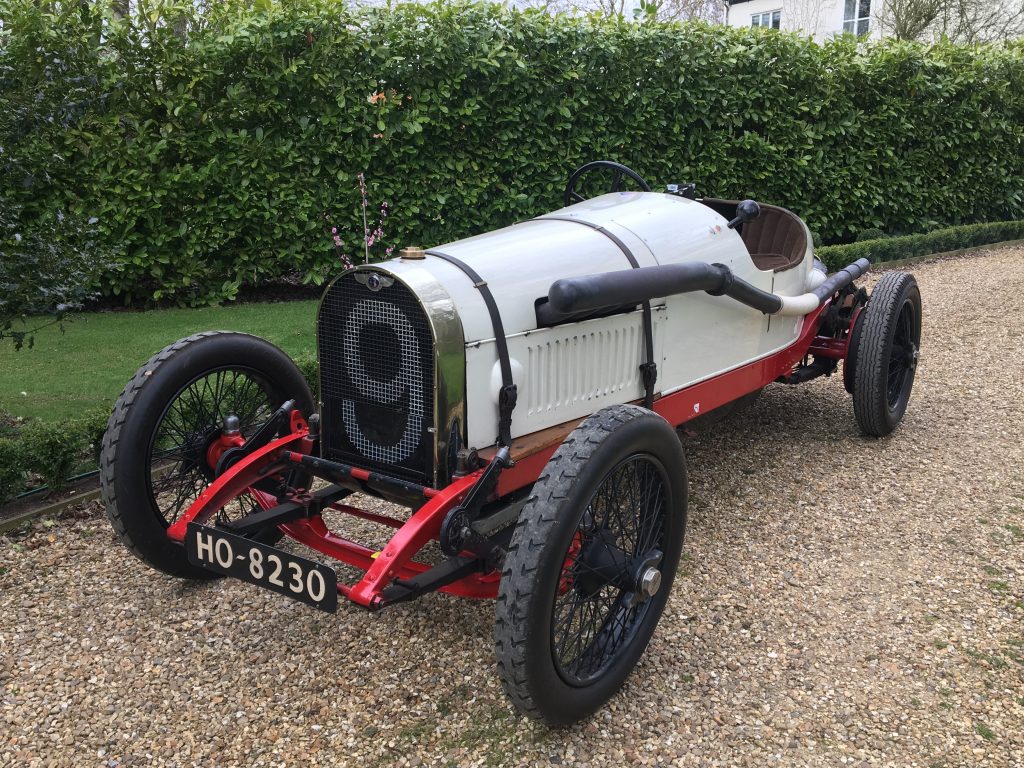
Almost a century ago Walter Owen Bentley, Frank Clement and Douglas Hawkes were making the final preparations to their Bentley 3-litre to take part in the RAC Tourist Trophy, on the Isle of Man, for the first time. It wasn’t just the first TT for Bentley but also its first motor race – and it wasn’t going to be a walk in the park. Bentley would have its work cut out, facing the more experienced teams of Sunbeam and Vauxhall, but W.O. knew that success at the race would help sell the new 3-litre model, his vision of the perfect sporting car from a British manufacturer.
A win was to prove elusive but second place, for Clement, and fourth and fifth for W.O. and Hawkes respectively put the marque on the map. The 3-litre, four-cylinder engine, which featured four valves and two spark plugs per cylinder, had proven itself, and the 3-litre in all its guises went on to be a success for Bentley. A rare opportunity to watch one of those original, 1922 works cars run, and have a really good look around it in the paddock, this is a must-see car for petrolheads of all persuasions.
1933 Lancia Dilambda 232 – remarkable survivor with a story to tell
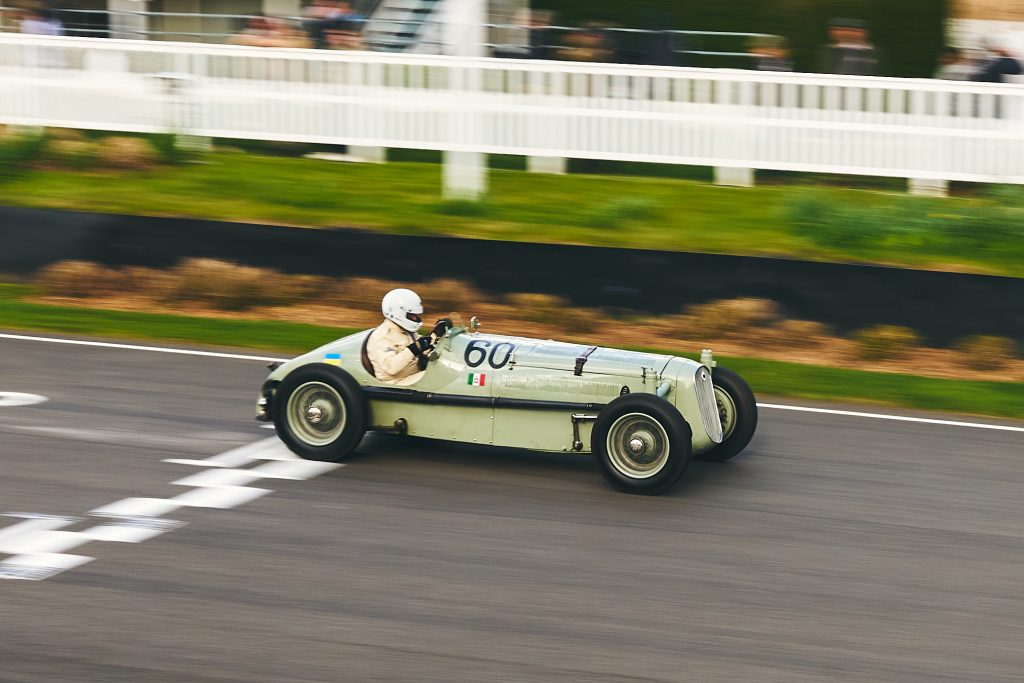
Vincenzo Lancia founded his own company in 1906, having previously been Fiat’s chief test driver, and promptly set about making a name for himself as an independent thinker who would bring innovation to the road. By the end of the ’20s, the Dilambda had arrived, with a new separate chassis in place of previous load-bearing bodies, independent sliding-pillar front suspension and a narrow-angle V8 engine.
This 1933 example is a one-off and highly original sports racing car. It raced in period in what was then the Italian colony of Eritrea, East Africa. It has a sports body and the chassis was shortened by 26 inches to match the Alfa Romeo 6Cs it raced against, and over the years it would take part in events including the 1937 Coppa del Governatore dell’Eritrea, a 26km hillclimb from Nefasit to Asmara, and the 1938 Coppa di Natale.
After the War, an American serviceman brought it back to the US, where it remained until 2020. The matching-numbers machine is said to be in remarkably original condition – you can still see the imprints of the hammer head inside the rear clamshell, from when it was first fashioned – and it is a beautiful sight to see running, and well worth a close-up inspection.
1956 Maserati 300S – Powered Fangio to four Grand Prix wins
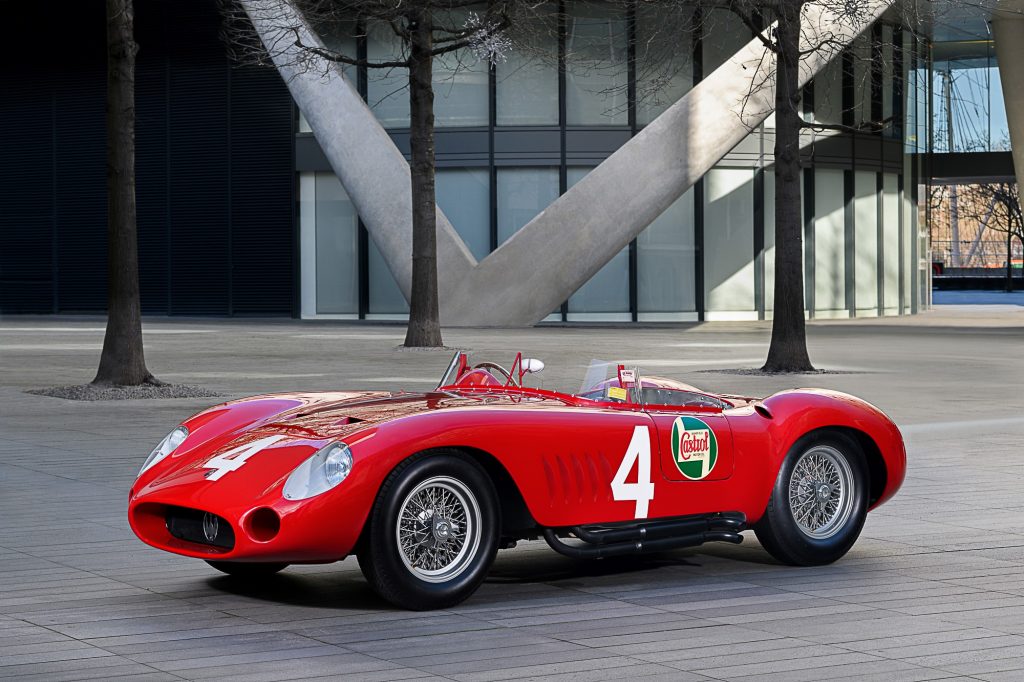
As Fiskens, purveyor of significant historic automobiles, puts it, this 1956 Masterati 300S is essentially Fangio’s 300S.
Chassis 3069, one of only 26 300S’ made, was delivered by the factory and entrusted to Marcello Giambertone, Fangio’s manager, and was campaigned under the Scuderia Madunina banner. During his fifth and final World Championship, in 1957, Fangio raced it to victory at the Grand Prix of Portugal, before shipping out to South America and taking three further wins at São Paolo and Rio de Janeiro.
The 300S was the sports counterpart of the 250F single-seater. Its 3-litre, twin-cam straight six was substantially the same but longer stroke, while the running gear was shared with front wishbones and coil springs, forward-facing de Dion back axle, and rear-mounted transverse gearbox. All of which was clothed in exquisite coachwork by Carrozzeria Fantuzzi.
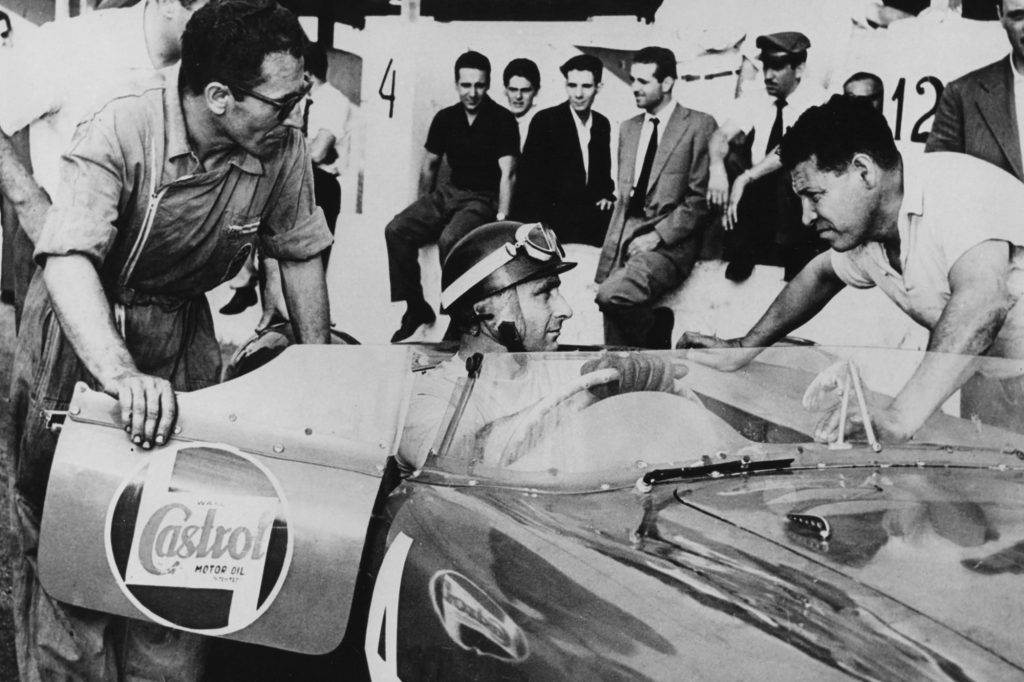
Drivers of the time praised the 300S for its balance and beautiful handling. So much so, the 300S was reputedly a personal favourite of the late Sir Stirling Moss, who took one to victory in the 1956 1000 km of Nürburgring. If it is one of your favourites, too, enquire with Fiskens.
1951 Jaguar XK120 – highest placed XK120 at Le Mans
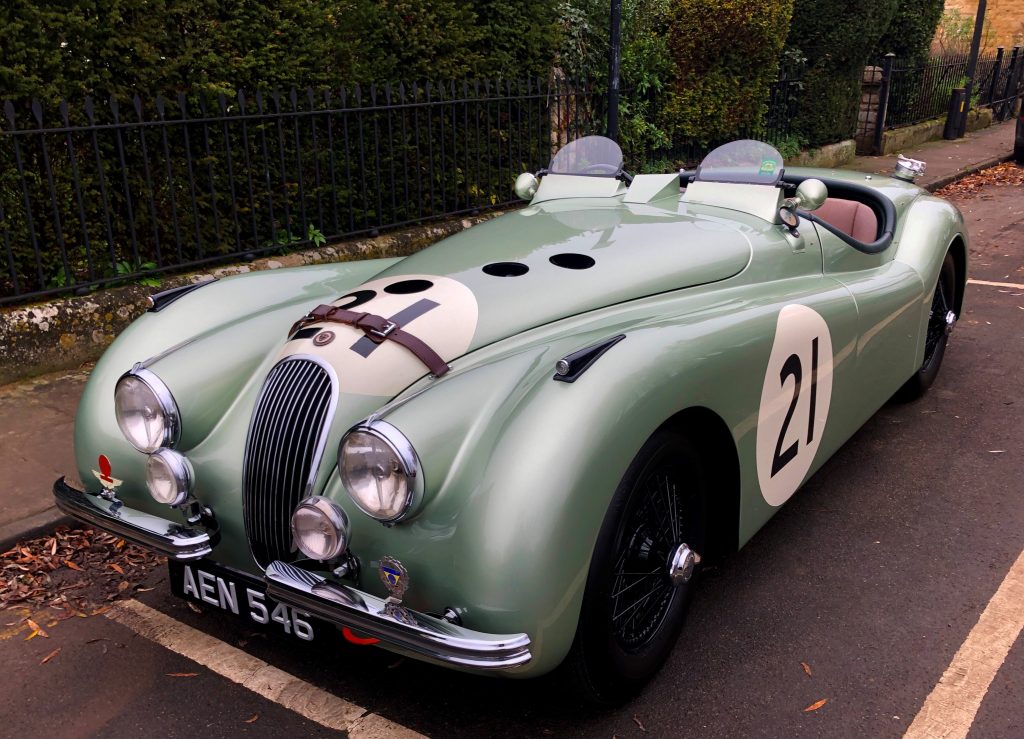
Significant for its history as much as its beauty, this 1951 XK120 – ‘AEN 546′ – might have been a privateer entry for the 1951 Le Mans 24 hours, but was prepared by the Jaguar factory for the legendary French enduro’ and given the starting number 21 in sequence with the Works C-Types. At the race it became the first ever XK120 to run on wire wheels and was equipped with many unique factory features including a Le Mans fuel filler and C-Type cylinder head.
Such is its standing in the Jaguar community it has become something of a blueprint, one many XK120s have been modified to follow ever since. Another distinguishing feature on this car is the trio of access holes neatly cut out of the bonnet, assisting this car’s swift and efficient running. Only five XK120s ever raced at Le Mans and of them, this is the highest placed of all, with Rob Lawrie and Ivan Waller taking 11th overall (6th in class) at an average speed that would have been enough to win the event outright just two years earlier.
1952 Jaguar C-Type – the first car with disc brakes to win a race
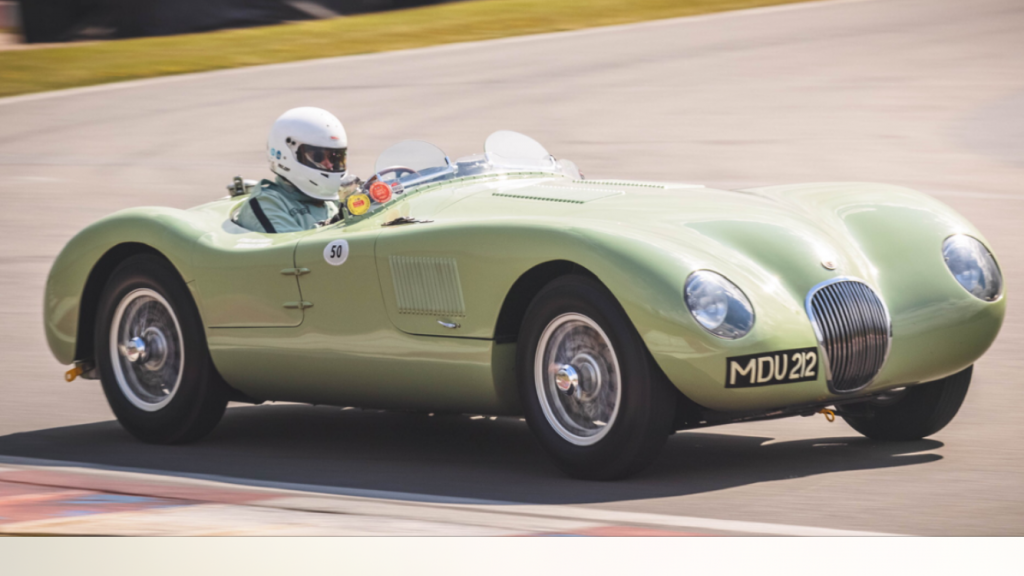
Motor sport enthusiasts and Jaguar fans alike are probably aware that the C-Type was the first car to win a motor race using disc brakes, but how many will know that chassis XKC005 is that very car which took the chequered flag at Reims, north-east of Paris, in 1952, driven by no less than Stirling Moss?
Yet C-Types were clocking up wins for Jaguar before that. In 1951, and at its first attempt, chassis XKC003 driven by Peter Whitehead and Peter Walker took the finishing flag at Le Mans with a 77-mile lead. It had been developed from the XK120, using a lightweight tubular frame devised by William Heynes and the slippery body was the work of Malcolm Sayer, while those new-fangled disc brakes – fitted later to the ’52 Moss car – were developed with Dunlop. A further victory at Le Mans in ’53 cemented the C-Type’s standing as one of the all-time greats.
As for chassis XKC005, it also counts the ’52 Monaco Grand Prix and ’53 Mille Miglia to its name, with many more national wins besides. For a chance to see it running in anger, be sure to join us at Shelsley Walsh on 28 May.
1960 Aston Martin DB4 GT – the race-ready GT
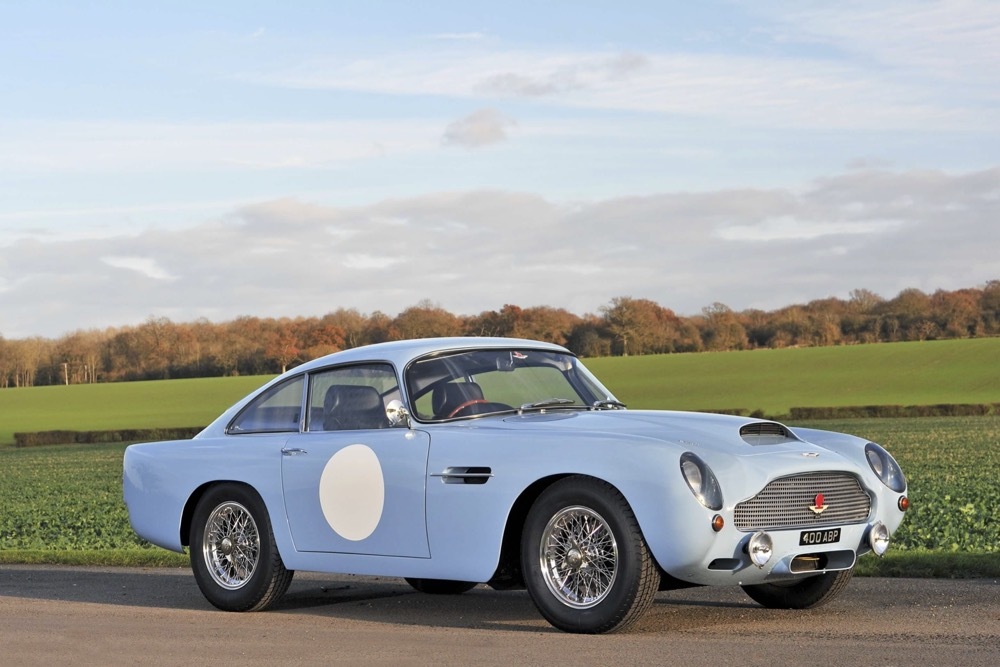
The romantic idea of driving a car to a motor race, competing with it and then driving it home again may seem like a farfetched dream today, but with the DB4 GT that dream was very much a reality. It was shorter, lighter, arguably prettier, but crucially faster than the standard DB4 and it was a winner right out of the box. In its inaugural 1959 season at the Bahamas Speed Week, after another driver rolled Stirling Moss’ factory-prepared DBR2, Aston Martin borrowed a customer’s newly delivered DB4GT from the car park and gave it Stirling Moss to race. Moss duly won.
This particular car is one of the original 75 DB4 GTs built, further distinguished by being one of the 45 right-hand drive examples and is thought to be the only example delivered in the gorgeous colour of Wedgewood Blue. It has been in the UK from new and once formed part of the stable of the Hon. Patrick Lindsay, who counted the Napier Railton, ERA R5B ‘Remus’, ex-John Cobb Alfa Romeo 8C Monza and a Supermarine Spitfire among his many other impeccable means of transport.
1967 Toyota 2000 GT – Japan’s first supercar
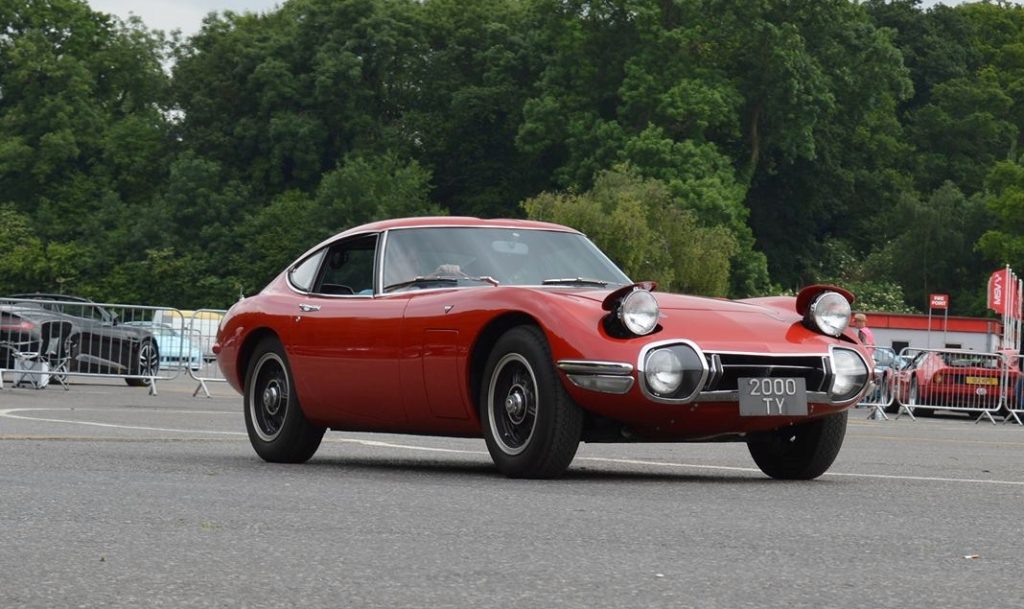
Dismiss this as James Bond’s Japanese hire car at your peril. The 2000 GT has become one of the most sought-after collector cars of the moment; in March one tuned by Carroll Shelby set a record as the most valuable Japanese car sold at auction.
Heralded as Japan’s first supercar, it was powered by a 2-litre double overhead cam straight-six engine which delivered 150bhp to the rear wheels, while the suspension was all-independent and those wheels were fashioned from magnesium alloy, a first for a Japanese production car. Just 351 examples of the 2000 GT were made, and it is thought that as few as three currently reside in the UK. This one was fully restored over 2013-14.
The first prototype was presented in 1965, and had been built by Yamaha Motor Co, providing a little-known link to today’s equally desirable Lexus LFA, as its acclaimed 4.8-litre V10 engine was also built by Yamaha.
1928 Amilcar C6 Voiturette
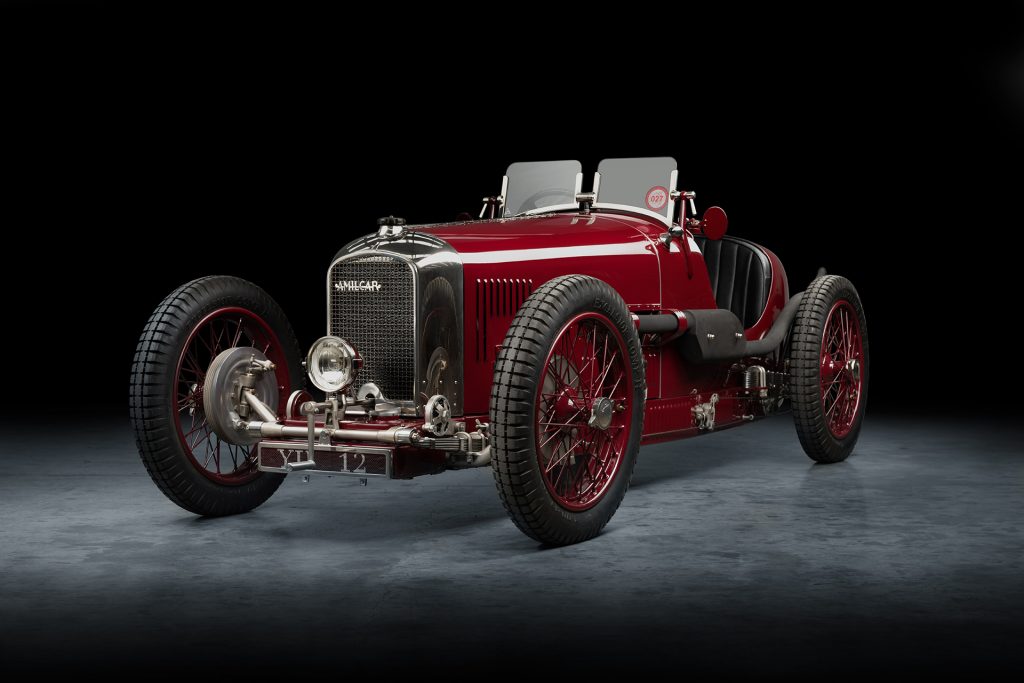
Said to be a Grand Prix car in miniature, the limited edition C6 was exactly what Amilcar’s customers, who liked nothing more than to go racing at the weekend, had been asking for. However, it cost a serious sum of money, selling for 60,000 Francs when it was introduced at the 1926 Paris Motor Show. That placed it firmly in Bugatti Type 35A/37 territory.
The French company was founded by Andre Morel and engineer Edmond Moyet to build cyclecars with sufficient performance for Morel to realise his dream of competition success. Amilcar’s first effort was the CC, which hit the road in 1921 and quickly earned a reputation for outstanding handling, a point reinforced when Morel drove one to victory in the following year’s 1100cc Class Champion of France.
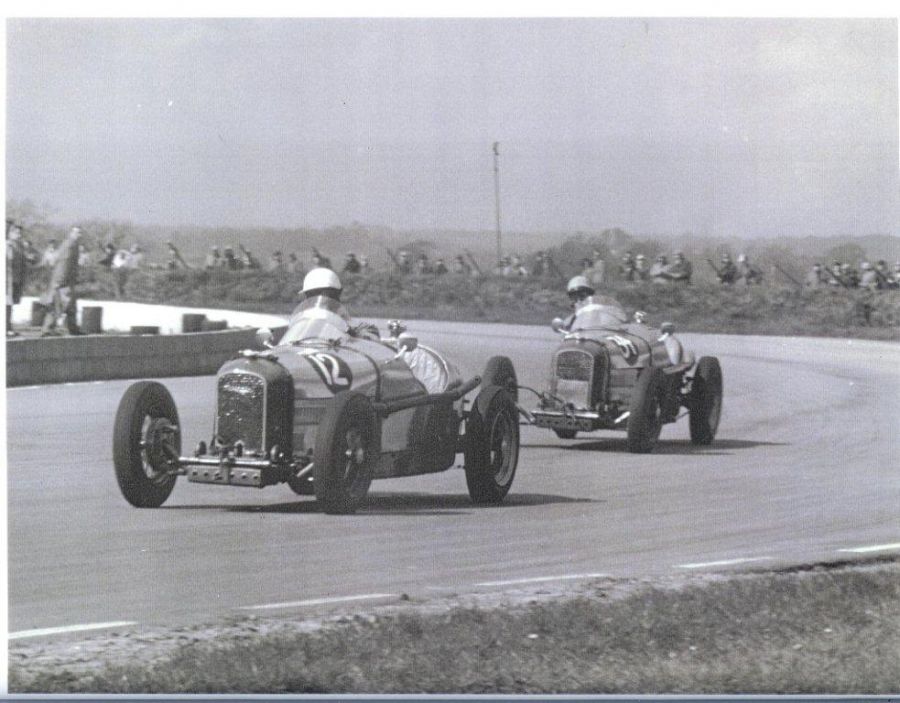
The 1926 C6 was a road-going version of the Type CO, the model that followed the CC and had been designed to keep it at the front of the pack on the race track. Autocar magazine described the C6 as ‘beautifully finished, excellently streamlined…’. It featured a 60bhp, twin-cam’ six-cylinder engine, fed by a Roots-type supercharger and equipped with dry sump lubrication – clever stuff for the period. The history of chassis 11014 includes extensive competition, and it completed an extensive restoration, completed in early 2015, to return it to its factory finish. If you’re taken with it, contact Thornley Kelham, as the C6 is currently for sale.
Read more
A perfect way to spend Drive It Day
Like Sean Connery once did, Jay Leno likes his British cars off-brand
Successful sale but no wow factor at Bonhams 2022 Members’ Meeting

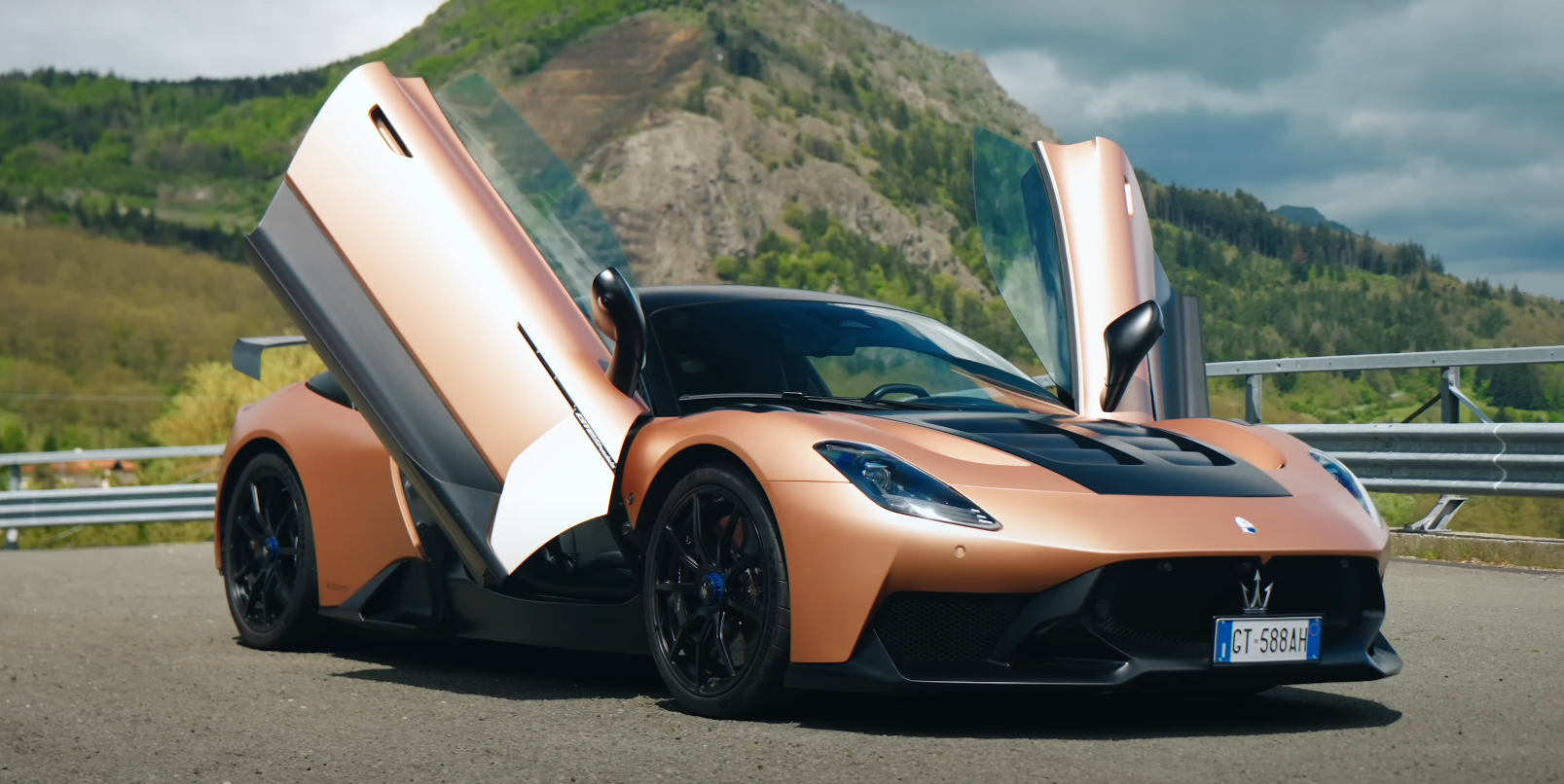
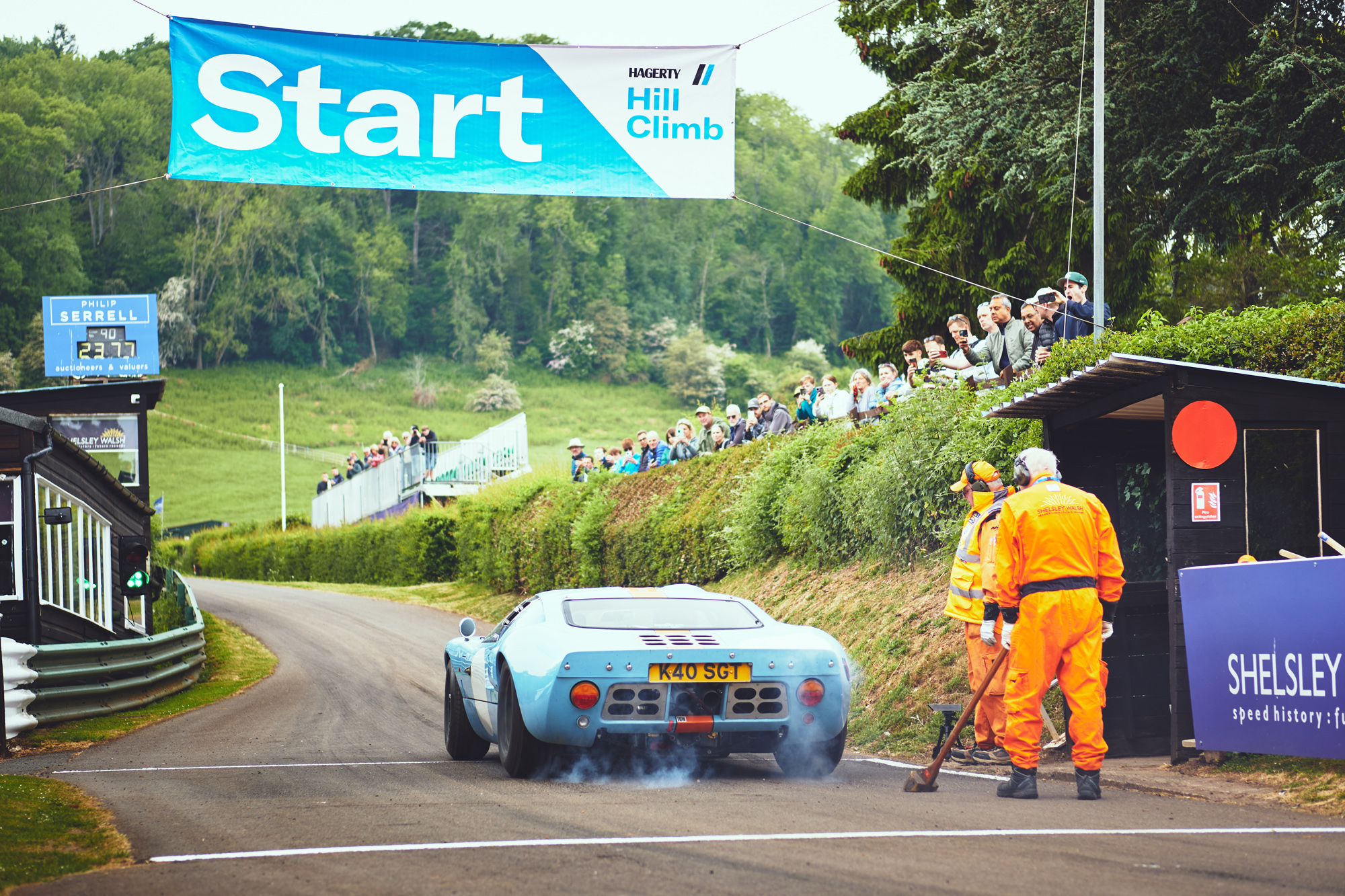
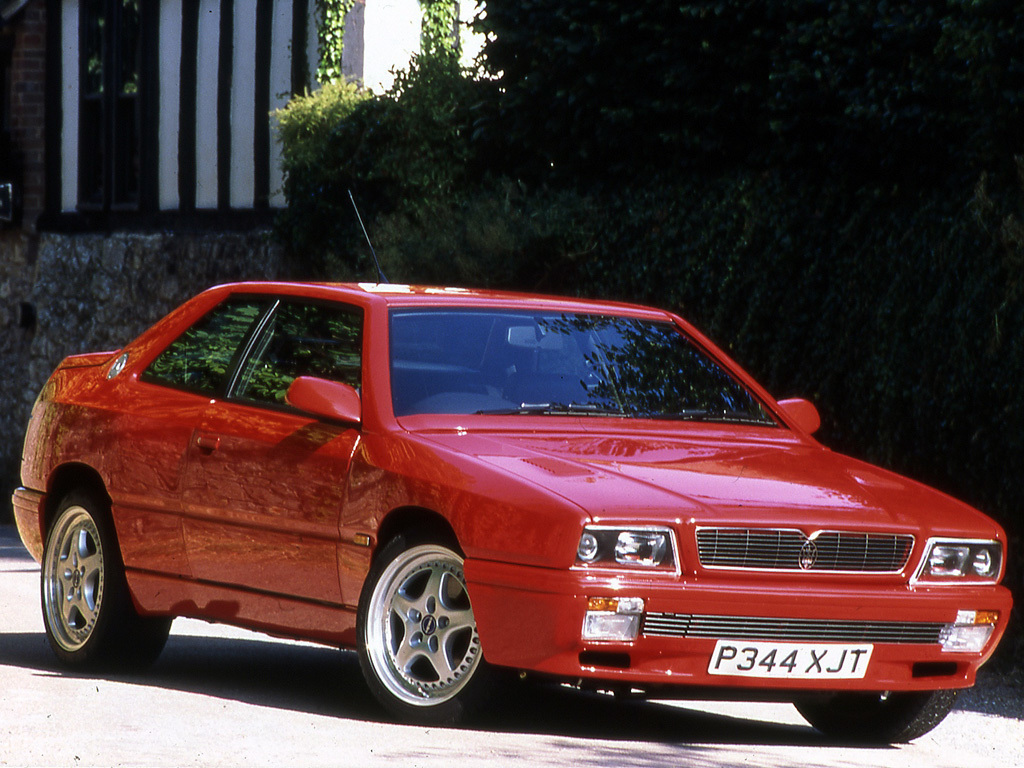






Are you likely to do any more classic car quizzes. They were very popular in my classic car club?
Hello Allan, we are indeed! We actually published one on Friday that you might have missed on 50 years of BMW M, and we’ll certainly have more in future.
Can you tell us where and when the other 7 events will be please? This is a really exciting new development for motor sport – thanks.